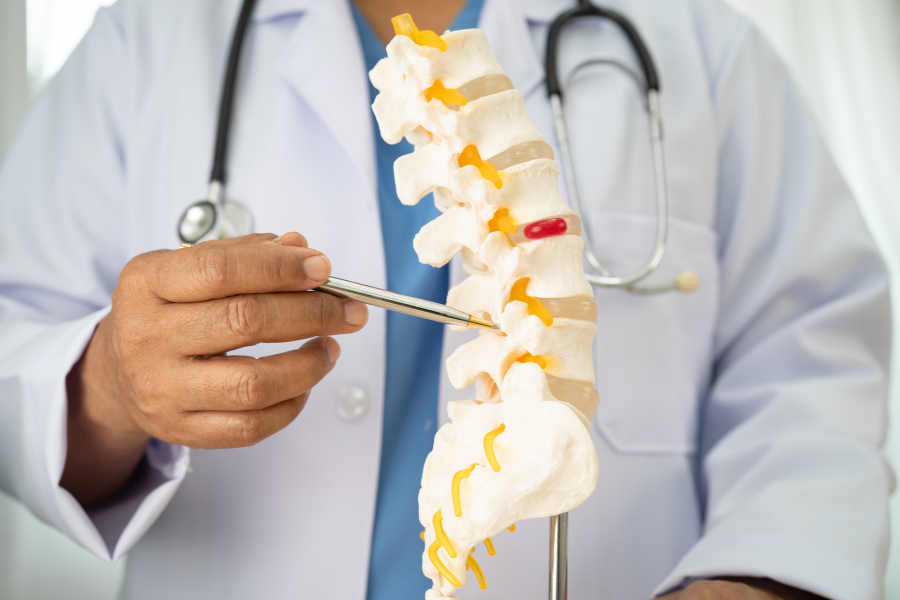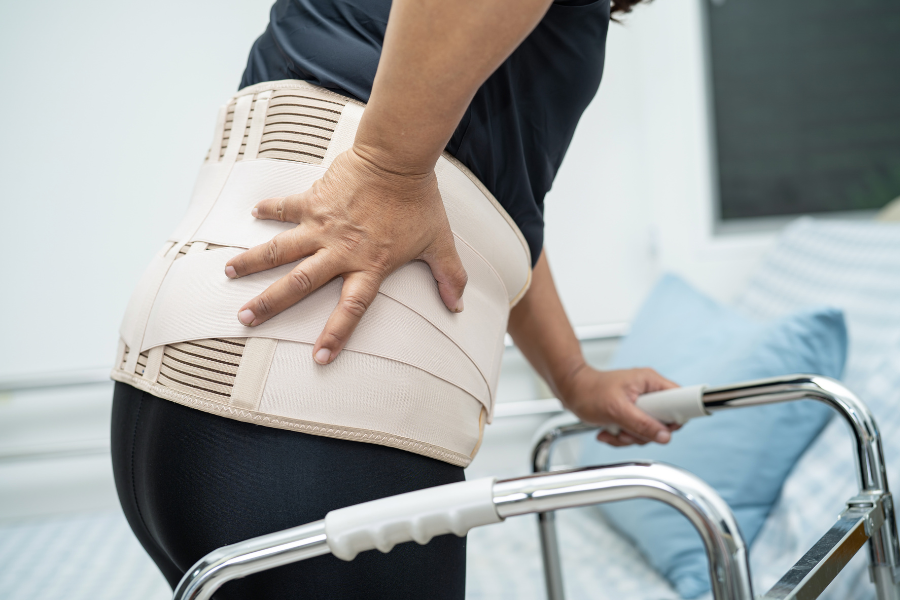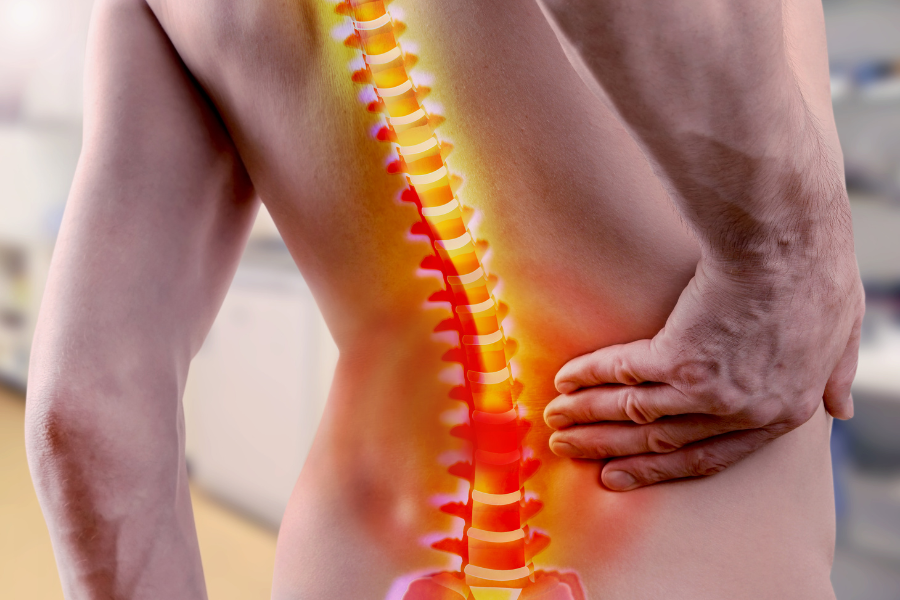Lumbar laminectomy and discectomy relieve nerve pressure by removing bone and herniated disc material. Find the right surgeon who fits your needs below, serving Canadians in major cities like Vancouver, British Columbia; Edmonton, Alberta; Toronto, Ontario; and Montréal, Québec.
Informational purposes only, not medical or legal advice. Please consult your doctor or surgeon.

Lumbar laminectomy and discectomy are surgeries for the lower back that relieve pressure on pinched nerves. Think of the spinal canal like a hallway. Sometimes extra bone (from arthritis) or a slipped disc crowds the hallway, squeezing the nerve and causing leg pain, numbness, or weakness.
A laminectomy widens the hallway. The surgeon removes a small section of bone called the lamina—the “roof” over the spinal canal—to create more space around the nerves. A discectomy targets the disc itself. The surgeon removes the piece of herniated disc that has bulged out and is pressing on a nerve. Many patients have both steps in the same operation: make space (laminectomy) and take out the offending disc fragment (discectomy).
Why do it? When imaging (like MRI) matches your symptoms—such as sciatica from a herniated disc or spinal stenosis from bone overgrowth—surgically clearing the pressure lets the nerve breathe and function better. Surgeons choose the exact approach (microsurgical or minimally invasive) based on your anatomy and which level is involved. The goal is simple: free the nerve so leg pain improves and you can move more comfortably.
Transparent pricing

Typical single‑level lumbar laminectomy or discectomy takes about 60–120 minutes of operating time. Add time at the centre for check‑in, anaesthesia, and recovery (usually a few extra hours). Multi‑level or revision cases can take longer.
Check‑in and marking
Anaesthesia
Position and prep
Small incision
Laminectomy (make space)
Discectomy (remove the culprit)
Rinse and check
Close up
Wake‑up and instructions

Every spine is different—follow your surgeon’s plan. Steady, smart progress beats pushing too hard.
Exact prices depend on how many levels are treated (one vs two), whether both laminectomy and discectomy are needed, case complexity, and where you have it done. Hospital stays, advanced imaging, and special tech (navigation/ neuromonitoring) can push costs higher. Always ask for a written, itemized quote.
In Canada, private clinics charge between $25,000 to $40,000+.
In the United States, the cost ranges between CA$67,000 to $100,000+.
Choosing your surgeon is a major benefit of pursuing private surgery, here's how to choose wisely.
Experience and volume
Credentials and training
Outcomes and safety
Clear indications and alternatives
Surgical plan and techniques
Imaging and planning
Facility accreditation
Rehab integration
Transparent pricing
Lumbar laminectomy and/or discectomy are surgeries that remove pressure from a pinched nerve in your lower back.
If clear nerve compression on imaging matches your symptoms and good non‑surgical care hasn’t worked, a targeted laminectomy and/or discectomy can free the nerve and help you get back to normal life. A high‑volume spine surgeon can confirm fit and outline the plan.
No, you do not need a referral for a private lumbar laminectomy & discectomy in Canada. You can book a consultation directly with a surgeon, and they will review your options and diagnostics.
Your surgeon’s instructions come first—follow their plan if it differs.
Your personal risk depends on your health, level(s) involved, the exact problem (herniated disc vs stenosis), the approach/technique (microsurgical, minimally invasive, endoscopic), anaesthesia, and how closely you follow post‑op instructions. Discuss your specific risks with your spine surgeon.
Lumbar laminectomy and discectomy are effective for freeing a pinched nerve. Most issues are mild and short‑term; bigger concerns include infection, blood clots, CSF leak, and symptom recurrence. An experienced surgeon will explain which risks apply to you and how they’ll minimize them.
Your situation depends on how bad your symptoms are, what imaging shows (herniated disc, spinal stenosis, which level and side), your daily demands (school/work/sport), and how well non‑surgical care is working. Talk specifics with your spine surgeon.
Progressive pain and limits
Worsening nerve problems
Mechanics getting worse
Lower quality of life and deconditioning
Harder surgery and recovery later
Medication‑related downsides
If you still have questions, then feel free to contact us directly.

Browse vetted spine surgeons across Canada. Compare prices, qualifications, locations.
BROWSE SURGEONS